This article is inspired by a post, "Fun Facts | Animals 1", by @Gwenie and its last image, of a flamingo, whose legs are discussed. What looks as a knee pointing backwards is in reality the ankle.
Locomotion
Mammals walk in three different ways; they use either digitigrade, plantigrade, or ungulate (unguligrade) locomotion. To make it simple, without paying too much attention to the anatomy of feet or limbs, we can say that:
Digitigrades are animals walking on their toes. Examples: birds (with only a couple of exceptions), cats, and dogs.
Ungulates are even more extreme, they walk on the nails, that is to say hooves. Examples: horses, giraffes, rhinoceroses, pigs, cattle, camels... all hoofed animals.
Plantigrades walk on heel and foot. Examples: primates (including humans), bears and rodents.
Knee or Ankle?
Digitigrade or ungulate design makes the animal a faster runner, and it looks like their hind-legs have the knee bending backwards. But it is not the knee, it is much higher up, close to the body or sometimes hidden in fur or feathers. What we perceive as a reversed knee is anatomically the ankle.
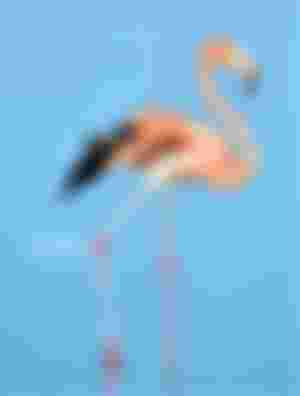
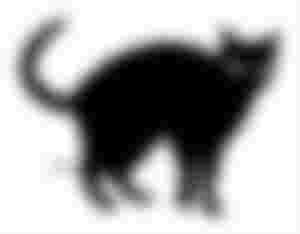
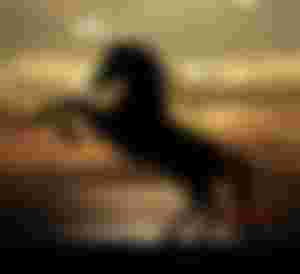
As we can see, bears, which are plantigrades and walk on the heel, do not have this sort of knee-like ankle. That's why they easily can stand upright.
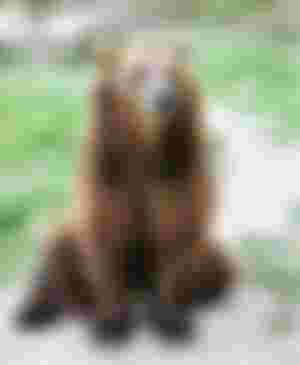
(The images are from Unsplash and Pixabay, CC0/Public Domain. They have been cropped and digitally enhanced.)
Copyright © 2020 Meleonymica/Mictorrani. All Rights Reserved.
(If you liked this, please consider leaving a tip, either here or via CoinTr.ee)
If you are interested in how nature works, join my community "Natural Science (1c4e)".
You find all my writings on Read.Cash, sorted by topic, here.
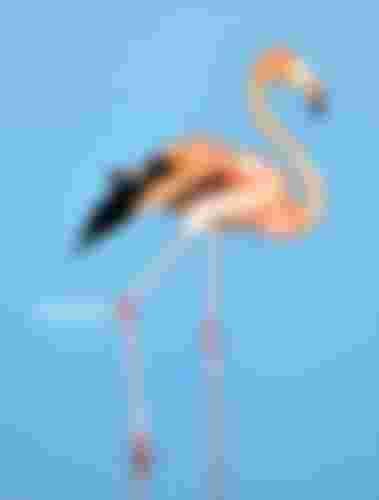
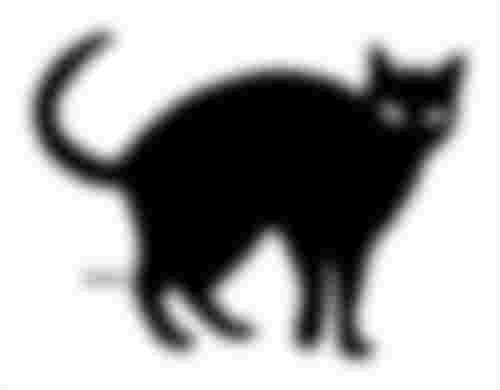

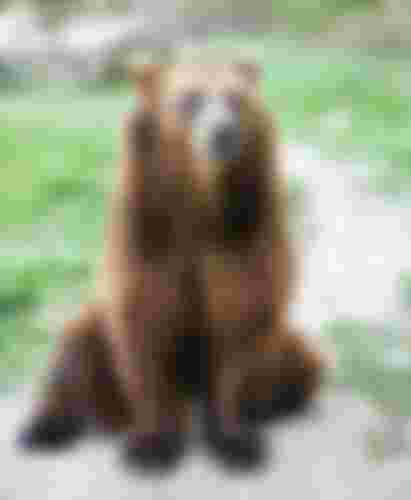
Such an amazing article indeed ❤